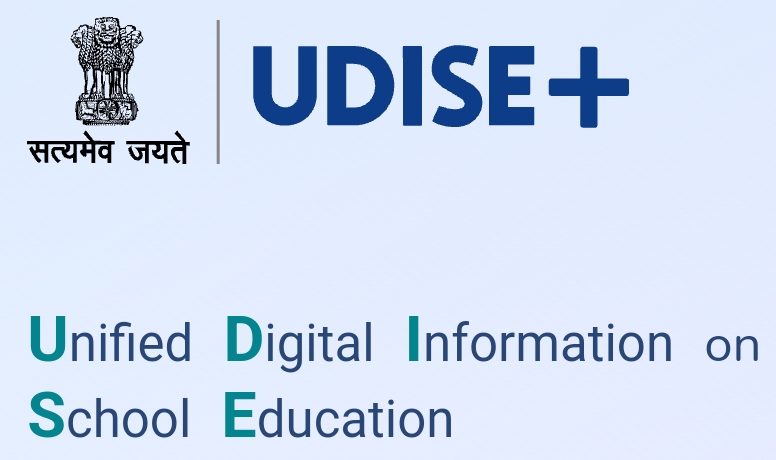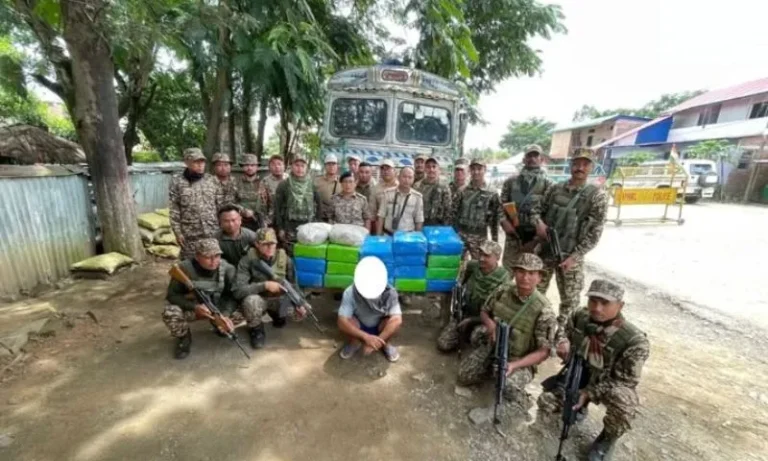Understanding H-1B Visas, Manipur Violence, and the UDISE Plus Report
Short Summary
The Indian Express recently published an article discussing three significant topics: the intricacies of H-1B visas, the ongoing violence in Manipur, and insights from the UDISE Plus report. These subjects hold substantial relevance in current affairs, impacting various facets of society and governance.
In-Depth Analysis
H-1B Visas: Navigating the Path to Employment in the U.S.
The H-1B visa program allows U.S. companies to employ foreign workers in specialty occupations requiring theoretical or technical expertise. Annually, thousands of professionals, particularly from India, seek these visas to work in sectors like IT, engineering, and healthcare.
Key Aspects of the H-1B Visa Program:
- Eligibility Criteria: Applicants must possess a bachelor’s degree or higher in the specific specialty occupation.
- Cap Limitations: The U.S. Citizenship and Immigration Services (USCIS) imposes an annual cap of 65,000 visas, with an additional 20,000 for individuals holding advanced degrees from U.S. institutions.
- Duration: The visa is typically granted for three years, extendable up to six years, with certain exceptions allowing for further extensions.
Recent Developments:
In recent years, the H-1B visa program has undergone scrutiny and reforms aimed at protecting U.S. workers and preventing exploitation of the system. Policy changes have introduced stricter eligibility requirements and increased application scrutiny, impacting both employers and prospective employees.
Implications for Indian Professionals:
India remains the largest beneficiary of the H-1B program, with a significant portion of visas granted to Indian nationals. Changes in the program’s policies directly affect Indian IT firms and professionals aspiring to work in the U.S., influencing career prospects and the dynamics of the global tech industry.
Manipur Violence: A State in Turmoil
Manipur, a northeastern state in India, has been experiencing ethnic violence, leading to displacement and uncertainty among its residents. The unrest has particularly impacted students and job seekers, disrupting education and employment opportunities.
Background:
The violence in Manipur is rooted in ethnic tensions among various communities, exacerbated by political and social factors. The unrest has led to loss of lives, property, and has created a climate of fear and instability.
Impact on Education and Employment:
- Displacement: Many students have been forced to flee their homes, leading to interruptions in their education.
- Examination Disruptions: The violence has caused delays and cancellations of examinations, affecting academic calendars and future prospects of students.
- Psychological Trauma: The ongoing conflict has inflicted psychological distress on the youth, hindering their ability to focus on studies and career development.
Government Response:
Efforts are being made to restore peace and normalcy in the region. However, the situation remains volatile, and the effectiveness of these measures is yet to be fully realized.
UDISE Plus Report: Insights into India’s Education Landscape
The Unified District Information System for Education Plus (UDISE+) report provides comprehensive data on school education in India, offering insights into various parameters such as enrollment, infrastructure, and teacher availability.
Key Findings:
- Enrollment Rates: The report indicates an increase in enrollment across various levels of schooling, reflecting efforts towards universal education.
- Infrastructure Development: Improvements in school infrastructure, including access to electricity, drinking water, and sanitation facilities, have been noted.
- Teacher Availability: The pupil-teacher ratio has shown improvement, suggesting better availability of teachers in schools.
Challenges Highlighted:
- Dropout Rates: Despite improvements, dropout rates, especially among marginalized communities, remain a concern.
- Learning Outcomes: The report emphasizes the need to focus on enhancing the quality of education to improve learning outcomes.
Implications for Policy and Planning:
The data from UDISE+ serves as a critical tool for policymakers to identify gaps and strategize interventions aimed at strengthening the education system in India.
Conclusion
The topics of H-1B visas, the violence in Manipur, and the findings of the UDISE Plus report are interconnected in their impact on individuals and communities. Understanding these issues is crucial for stakeholders, including policymakers, educators, and the general public, to navigate the challenges and work towards sustainable solutions.
FAQs
- What is the primary purpose of the H-1B visa program?
The H-1B visa program allows U.S. employers to hire foreign professionals in specialty occupations that require specialized knowledge and a bachelor’s degree or higher. - How has the violence in Manipur affected students?
The unrest has led to displacement, disruption of educational activities, examination delays, and psychological trauma among students, adversely affecting their academic pursuits. - What does the UDISE Plus report reveal about India’s education system?
The report provides data on various aspects of school education, highlighting improvements in enrollment and infrastructure, while also pointing out challenges like dropout rates and the need for better learning outcomes. - Why is the H-1B visa program significant for Indian professionals?
A substantial number of H-1B visas are granted to Indian nationals, particularly in the IT sector, making it a crucial pathway for employment opportunities in the United States. - What measures are being taken to address the situation in Manipur?
The government is implementing efforts to restore peace and normalcy, though the effectiveness of these measures is still under observation.

